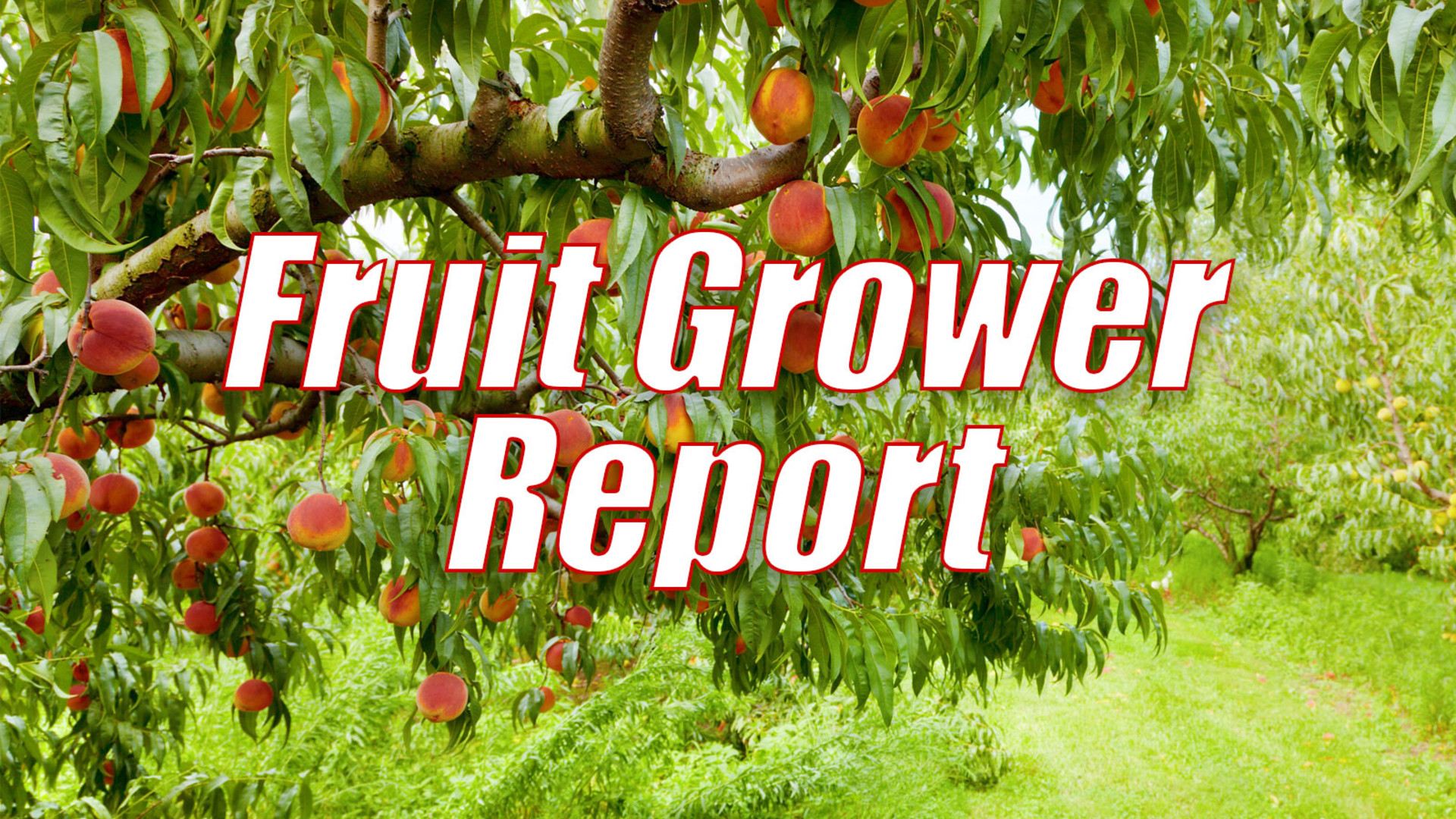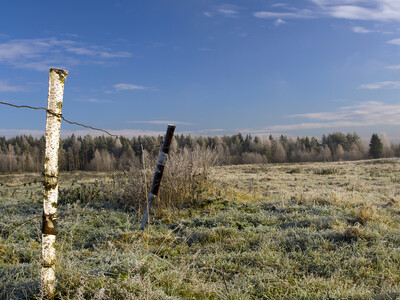Replacing Fire Blight Tools
Replacing Fire Blight Tools. I’m Greg Martin with today’s Fruit Grower Report.
OSU’s Ken Johnson has been working with other northwest tree fruit growers to develop some alternatives to tetracycline that will not be available after the 2014 growing season. He says by using lime sulphur to thin blooms it does help with fire blight.
JOHNSON: So the conclusion here is that lime sulphur is actually bactericidal so in the beginning of the process of fire blight out there when you’re putting your thinning treatments on lime sulphur is giving you this benefit of controlling the fireblight pathogen at the same time.
Another question when it comes to fire blight products is what do you do first?
JOHNSON: Really just waiting until you are done with this 70% bloom thinning treatment, just wait until you start any kind of other fire blight program. Just do your thinning and start your fire blight program after that.
Of course the big question is can effective non-antibiotic control be achieved?
JOHNSON: I think the answer is yes. It’s going to easier in apples than in pears and the primary reason is that we can use lime sulphur as a routine practice to thin bloom and that this routine practice of thinning bloom also delays pathogen buildup in the flowers. You are getting control of fire blight in the early part of the bloom period from the lime sulphur.
That’s today’s Fruit Grower Report. I’m Greg Martin on the Ag Information Network.

















